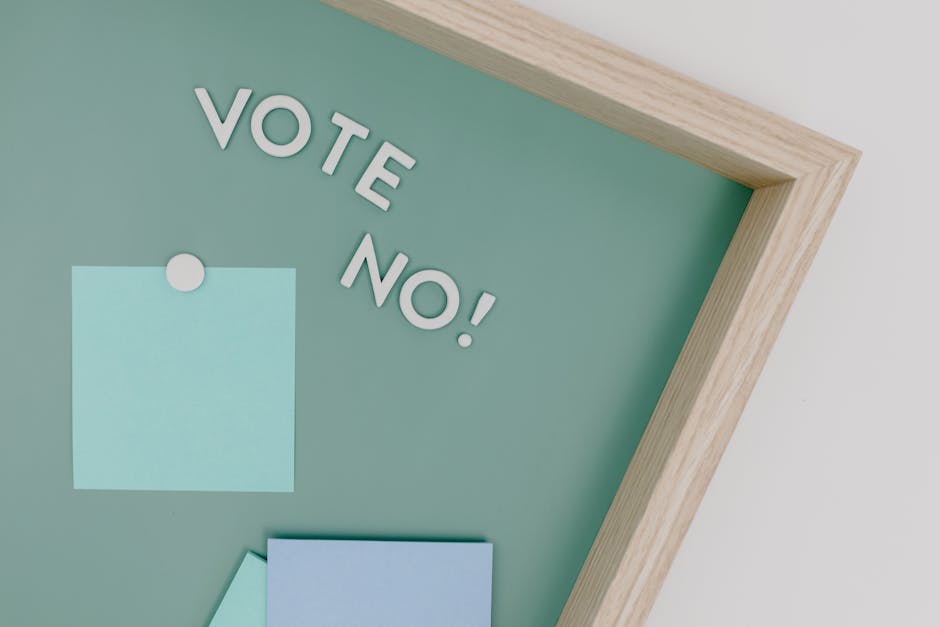What Type of Couple Are You?
From the hyper-curated Instagram feeds of celebrity duos to the comfortable, bickering love of our own parents, relationships come in all shapes and sizes. It’s easy to wonder what makes some couples thrive while others seem destined to fail. Is it luck, or is there a pattern to long-term success?
According to relationship experts, there are distinct patterns. Most partnerships fall into one of a few key archetypes. Understanding which category you and your partner fit into can be a roadmap for your future—helping you celebrate your strengths, identify your blind spots, and build a love that lasts.
So, let’s explore the five common types of couples and what they reveal about your relationship’s future.
1. The Power Couple: Ambitious and Aligned
The Dynamic: Think of them as a team, a brand, and a force of nature. This couple thrives on mutual ambition and shared goals. Their calendars are synced, their five-year plans are aligned, and they are each other’s biggest cheerleaders. Whether they’re building a business or a family, they operate as a highly efficient unit, building an empire together, brick by brick.
The Future Outlook: This partnership is built on a rock-solid foundation of mutual respect and support, which promises great stability. The primary risk is burnout. If the relationship becomes just another project to manage, the emotional connection can suffer. To secure their future, they must consciously carve out time for non-goal-oriented intimacy, ensuring their love life doesn’t become another item on the to-do list.
2. The Best Friends Couple: Built on Comfort and Trust
The Dynamic: This is the couple that finishes each other’s sentences—and jokes. Their romantic bond was likely forged in a deep friendship first. They have a shared history, countless inside jokes, and an easy-going comfort that others envy. For them, a perfect date night involves pizza, sweatpants, and binging a new web series.
The Future Outlook: The prognosis for longevity is excellent. A deep-seated friendship creates an incredibly resilient bond that can weather almost any storm. The main challenge, however, is keeping the romantic spark alive. Over time, that comfort can slide into a “roommate” phase where passion is replaced by platonic affection. They need to actively schedule romance and create new experiences that remind them they are lovers, not just friends.
3. The Volatile Couple: Passion and Conflict
The Dynamic: You know this couple. Their love story is a high-drama blockbuster, filled with intense fights and equally intense, cinematic make-up sessions. They thrive on an emotional rollercoaster, and their chemistry is undeniably electric. They argue loudly and love fiercely, creating a connection that is both passionate and turbulent.
The Future Outlook: While exciting, this dynamic is emotionally exhausting and often unsustainable long-term. The constant cycle of conflict and resolution can lead to emotional scarring and instability. For this relationship to have a future, the couple must learn healthier communication and conflict-resolution skills. Without evolving, they risk burning out or breaking apart in a final, spectacular fallout.
4. The Co-Dependent Couple: A World for Two
The Dynamic: Often referred to as “we” instead of “I,” this is the enmeshed couple. They share hobbies, friend groups, and perhaps even a joint social media account. They are a single, inseparable unit whose identities have become deeply intertwined. They’ve built a world for two, and they are its only inhabitants.
The Future Outlook: This deep integration provides an immense sense of security and belonging. However, it often comes at the cost of individuality. The danger here is co-dependency, where neither partner feels whole without the other. To build a healthier future, they must consciously cultivate individual interests and friendships. This ensures they are two whole people choosing to be together, not two halves who can’t survive alone.
5. The Practical Partnership: Stable and Sensible
The Dynamic: This relationship functions like a well-oiled machine. It’s often built on shared values, family expectations, and practical goals like financial security or raising children. They are excellent co-managers of their life, dividing responsibilities with logic and efficiency. Here, romance isn’t the primary driver; stability and a shared vision for the future are.
The Future Outlook: This is arguably one of the most stable and enduring relationship models. It’s grounded in reality and built for the long marathon of life. The risk, however, is that it can feel more like a business arrangement than a love affair. Without a conscious effort to nurture emotional intimacy and spontaneity, they might one day wake up feeling like strangers who simply share a house and a bank account.
Your Relationship’s Future is in Your Hands
Ultimately, most couples are a unique blend of these types. Identifying your dominant dynamic isn’t about fitting into a box—it’s about gaining a powerful tool for understanding. The future of your relationship isn’t written in the stars; it’s built in the daily, conscious choices you make to love, understand, and grow together.




